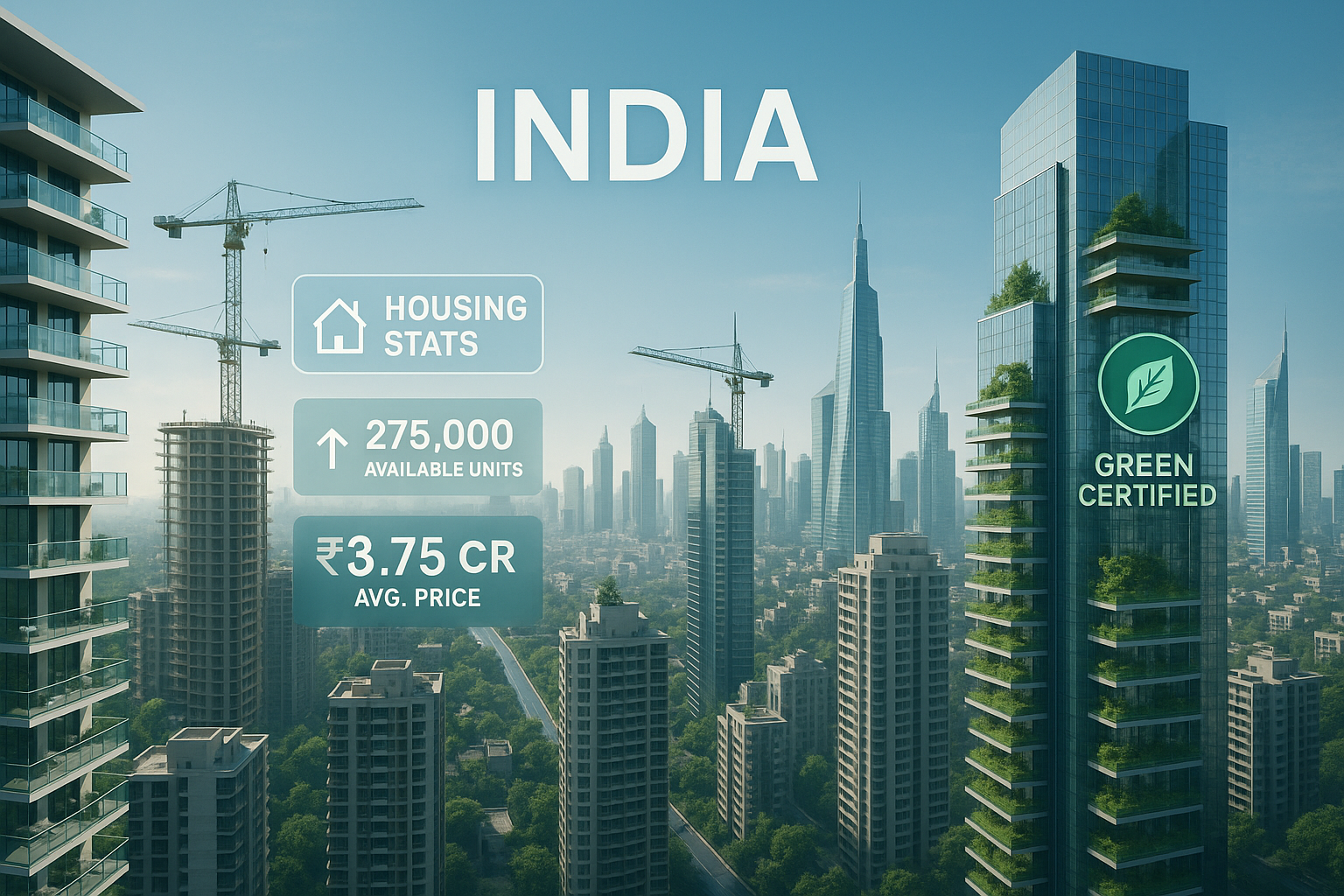President Trump Mediates Peace: India and Pakistan Agree to Immediate Ceasefire
A Surprising Turn in South Asia’s Tensions
In a world that often feels full of conflict and uncertainty, it’s refreshing to hear some good news. Recently, former U.S. President Donald Trump announced a full and immediate ceasefire between India and Pakistan—two neighboring nations with a long and turbulent history. His announcement took many by surprise and sparked hope for stability in the region.
You might be wondering, how did this happen? Why now? And what does this mean for the future of peace in South Asia? Let’s break it down together.
The History Behind the Headlines
To truly understand the importance of this announcement, you have to look at the bigger picture. India and Pakistan, both nuclear-armed neighbors, have had a complicated relationship since gaining independence in 1947. They’ve fought multiple wars over Kashmir, a region both countries claim.
In recent years, smaller military skirmishes and growing political tensions had people worried that things might spiral out of control. So when President Trump stepped in and claimed that both nations had agreed to halt hostilities immediately, it felt like a breath of fresh air.
Trump’s Role: Peace Broker or Political Play?
President Trump’s announcement came during a press conference, where he confidently declared that India and Pakistan had agreed to an “immediate and full ceasefire.” He didn’t share a lot of details, but said the agreement came after speaking personally to leaders on both sides.
Could this be Trump’s version of shuttle diplomacy? Possibly. While the White House didn’t release much information about the behind-the-scenes conversations, Trump emphasized that the de-escalation was a result of U.S.-led efforts.
Why is this significant? Because it’s not every day that a U.S. president takes center stage in resolving South Asian conflicts.
Trump claimed:
- Both countries are “doing very well” following the agreement.
- The U.S. had been “working hard” to encourage dialogue.
It’s still uncertain what role U.S. diplomats or other international players had, but the announcement certainly had its desired effect—grabbing the world’s attention.
What Led to the Ceasefire?
Most experts point to escalating violence earlier this year as the main trigger. Border clashes had become increasingly deadly, with both countries trading accusations of unprovoked attacks. Civilians living near the Line of Control (LoC) were living in constant fear.
The pressure was mounting.
By late January, both sides were feeling the heat—not just domestically, but also from the international community.
There’s a good chance the United States, along with other allies, urged India and Pakistan to cool things down before another full-blown conflict erupted.
What Does This Mean for India-Pakistan Relations?
While a ceasefire is a major step, it doesn’t magically fix everything. Peace between India and Pakistan is like trying to patch up a cracked wall—you can cover it up, but unless you fix the foundation, the cracks will keep coming back.
Still, this deal marks a hopeful step forward. And hope, when it comes to diplomacy, is half the battle.
Here are a few possible outcomes of this ceasefire:
- Stabilized Borders: Less gunfire across the LoC means safer lives for soldiers and civilians alike.
- Economic Relief: Both countries spend billions on defense. Peace could free up money for education, healthcare, and job creation.
- Improved Diplomatic Ties: A ceasefire could open the door to peace talks and trade partnerships.
Will It Last?
That’s the million-dollar question, isn’t it?
Historically, ceasefires between India and Pakistan have been fragile. Many don’t last more than a few months before tensions rise again. But there are reasons to be cautiously optimistic this time.
For one, both nations are grappling with economic pressure and political challenges at home. A prolonged conflict is not in anyone’s best interest at the moment.
Plus, global attention is currently on various international crises—from Russia’s actions in Ukraine to the ongoing situation in the Middle East. That makes maintaining peace even more important if South Asia is to avoid becoming another global hotspot.
How Ordinary People Are Reacting
For folks living in border towns, who wake up every day not knowing if there’ll be shelling or gunfire, this news is nothing short of a miracle. Schools that had been shut down are reopening. Families are starting to return to normal life. For them, it’s not about political posturing—it’s about safety and peace of mind.
Even on social media, there has been an outpouring of cautious optimism. People from both countries took to Twitter and Facebook to share mixed emotions—hope, doubt, and a willingness to believe something good might finally be happening.
The Bigger Picture: Why This Matters Globally
You might ask, “I don’t live in India or Pakistan—why should I care?” That’s a fair question.
Here’s the thing: Peace in South Asia affects everyone. This region is home to over 1.7 billion people. It’s critical to the global economy, and both India and Pakistan play key roles in international trade, politics, and even tech development.
Continued conflict between these two nations could lead to global instability. On the flip side, peaceful cooperation can help fuel economic growth, innovation, and safer international relationships.
What’s Next?
At the moment, both sides have agreed to stick to the ceasefire agreement. But for peace to truly take root, it can’t stop at silence over the border. It has to go further.
- More Diplomacy: Formal peace talks need to happen—soon and often.
- Building Trust: Confidence-building measures, like restarting trade or easing visa restrictions, can go a long way.
- International Support: Global leaders should continue to encourage and support de-escalation efforts.
Final Thoughts: A Step in the Right Direction
Let’s be honest, no one’s declaring a Nobel Peace Prize just yet. But when two rival nations with a rough history agree to bring the guns down, even temporarily, it’s a reason to celebrate.
President Trump’s ceasefire announcement may have raised some eyebrows, but if it helps move the needle toward lasting peace, then it’s a win for everyone.
Peace starts with talking. And for India and Pakistan, this conversation might be one of the most important in decades.
What do you think—can real, lasting peace be achieved in South Asia this time? Only time will tell. But with continued effort, hope, and dialogue, anything is possible.
SEO Keywords Used
- India Pakistan ceasefire
- Trump ceasefire announcement
- South Asia peace
- India-Pakistan relations
- Kashmir conflict news
- Donald Trump diplomatic efforts
Let’s keep watching—and hoping—for better days ahead.













